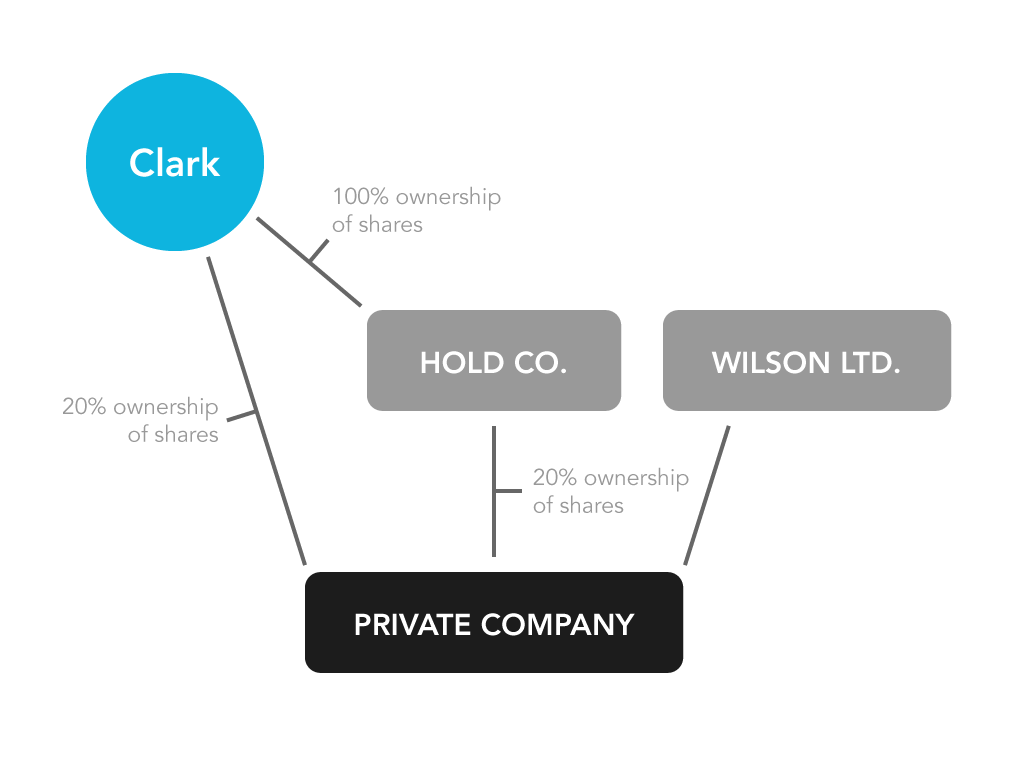
*The article was updated on October 6, 2020 to reflect changes that came into force through regulations on October 1, 2020.
Background
As of October 1, 2020 private companies incorporated under the B.C. Business Corporations Act (the “Act”), are required to establish and maintain a transparency register of “significant individuals” who:
- directly or indirectly own or control 25% or more shares of a company; or
- have the right to elect or appoint a majority of the directors of the company.
The creation of this new register follows B.C.’s commitments under the federal/provincial Agreement to Strengthen Beneficial Ownership Transparency to combat money laundering, terrorist financing, tax evasion and other criminal activities.
The new B.C. regulations relating to the transparency register were approved and ordered by the Lieutenant Governor in Council on October 24, 2019. These regulations provide guidance regarding the interpretation of what constitutes control, indirect control, and chain of intermediaries.
Control
Whether or not an individual has control over a company, will be determined in accordance with the following rules:
- Corporation: a person has control if they have the right to elect or appoint a majority of the directors of the corporation;
- Partnership: a person has control if they are:
- A partner, other than a limited partner in the partnership; or
- A limited partner who:
- is entitled to at least 25% of the profits of the partnership,
- is entitled to at least 25% of the assets of the partnership on windup,
- has at least 25% of the votes in partnership management, or
- has the right to appoint or remove the majority of the partnership’s management.
- Agent: a person has control if they are the principal of the agent.
Example:

In this example, Clark owns 20% of the company’s shares personally and another 20% through a holding company wholly owned by Clark. Clark qualifies as a “significant individual” and will be included on the company’s Transparency Register as he ultimately owns or controls an aggregate of 40% of the shares of the company.
Trustee and Control
Trustees will be required to provide information for a corporation’s transparency register if the trustee is found to have control. Trustee control is determined in accordance with the following rules:
- Under the terms of the trust, the power to direct how the trustee exercises any rights attached to the ownership of the shares;
- Under the terms of the trust, the power to direct how the trustee exercises its rights relating to directors; and
- A person controls a trustee that controls an intermediary if the person has, under the terms of the trust, the power to direct how the trustee is to exercise control over the intermediary.
Example:

In this example, Wilson as trustee of the Trust owning 25% of the company’s shares is required to be listed on the Transparency Report because of his direct ownership of the shares. Both beneficiaries, John and Alexander are also required to be listed because they are also treated as having a 25% interest of the company.
The rules enumerated above relating to trustees are also the same for individuals who are personal or other legal representatives.
The Public Guardian and Trustee is not deemed to have indirect control of intermediaries who own shares or has rights relating to directors of a private company.
Indirect Control
An individual will have indirect control if the individual controls an intermediary that is the registered owner of the shares, or controls a chain of intermediaries, the last of which is the registered owner of the shares. A “chain of intermediaries” is a group of 2 or more intermediaries having a hierarchical relationship.
The meaning of indirect control is the same for those who have control over an intermediary that has the right to elect, appoint or remove one or more directors of a private company.
These Regulations also apply to individuals who are trustees or personal or other legal representatives who own shares or has rights relating to directors.
Example:

Wilson has indirect control as it controls intermediary Companies A and B. Company B is the last intermediary in the chain of intermediaries and is registered owner of the shares in the private company.
Application to Spouses or Family Members
If two or more individuals have rights or abilities that meet the control or indirect control tests which exercised together, then each individual must be listed as a “significant individual”. The Act deems spouses, children and other family members living in the same house as individuals who act jointly and therefore are also required to be included in the Transparency Report.
Example:
For example, if Mr. and Mrs. Wilson each own 20% of the company’s shares, neither spouse meets the “significant individual” threshold individually, but the Act presumes them to act in concert as spouses. Accordingly, both Mr. and Mrs. Wilson will each be listed on the Transparency Report as together they own 40% of the company’s shares.

Clark Wilson’s Corporate Records team will be contacting B.C. private companies for whom we act as the registered and records office to assist with the preparation of the Transparency Register.



